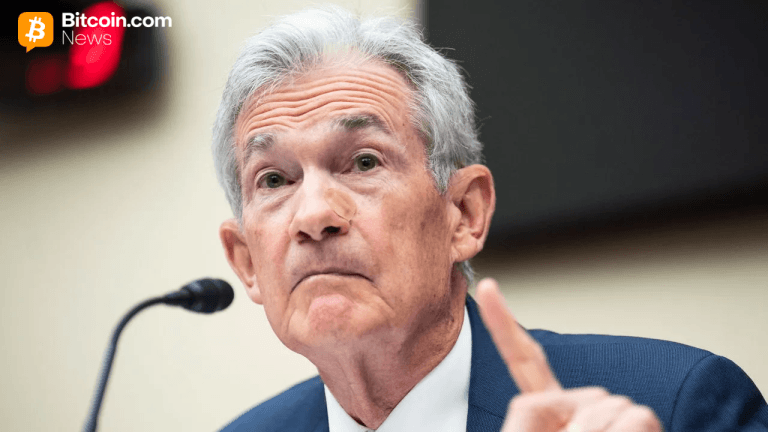ARTICLE AD BOX
TLDR
- Silvergate Bank was allegedly forced to cap crypto deposits at 15% by US regulators
- The Biden administration is accused of deliberately trying to “decapitate” the crypto industry
- Nic Carter believes Silvergate could have survived without regulatory pressure
- The voluntary liquidation of Silvergate is described as suspicious and rare
- Carter suggests this is part of a broader effort to discourage banks from working with crypto firms
The closure of Silvergate Bank, once a major player in the cryptocurrency banking sector, has sparked controversy and raised questions about the role of regulatory pressure in its demise.
According to Nic Carter, a partner at blockchain-focused Castle Island Ventures, the bank’s failure was not due to market forces alone but was significantly influenced by regulatory actions aimed at limiting its involvement with cryptocurrency firms.
Carter claims that Silvergate Bank was forced to cap its crypto deposits at 15% under threat of being shut down by US regulators.
This information, which Carter says comes from the bank’s recent bankruptcy filings and conversations with sources, suggests that the Biden administration played a direct role in the bank’s closure.
The forced cap on crypto deposits was allegedly part of what Carter refers to as “Operation Choke Point 2.0,” a term he coined to describe what he believes is a coordinated effort to discourage banks from holding crypto or banking crypto firms.
This alleged operation came to light during the banking crisis of March 2023, which saw the closure of several crypto-friendly banks, including Signature Bank and Silicon Valley Bank.
My latest in @PirateWires:
Inside the Biden Admin’s Plot to Destroy Silvergate and Debank Crypto for Goodhttps://t.co/qGsSoi3aCG
— nic carter (@nic__carter) September 25, 2024
Carter argues that Silvergate Bank could have survived the drawdown it experienced if not for this regulatory pressure. He points to the strong recovery of crypto firms’ balance sheets in the latter half of 2023 and into 2024 as evidence that Silvergate would have been able to weather the storm.
The manner of Silvergate’s closure has also raised eyebrows. Carter describes the bank’s decision to voluntarily liquidate rather than enter FDIC receivership as “suspicious,” noting that such a move is extremely rare in the banking industry.
He suggests that this unusual step further indicates that regulatory mandate, rather than market forces alone, was behind the bank’s closure.
Carter acknowledges that Silvergate was not without fault, suggesting that the bank could have improved its money laundering controls and identified issues with FTX, one of its clients, earlier.
However, he maintains that these shortcomings did not justify what he sees as regulatory harassment leading to the bank’s closure.
The closure of Silvergate Bank has had significant implications for the cryptocurrency industry. Digital asset companies rely heavily on banking partners for various financial services, including accepting deposits, enabling customer on-ramps, and paying expenses.
The loss of Silvergate, along with other crypto-friendly banks, has created challenges for crypto firms in accessing necessary banking services.
This situation has occurred against a backdrop of evolving governmental attitudes towards cryptocurrency.
While some officials, such as Vice President Kamala Harris, have expressed a desire for the US to remain dominant in blockchain and other emerging technologies, the actions described by Carter suggest a more complex and potentially adversarial relationship between regulators and the crypto industry.
 (1).png)
 1 year ago
499097
1 year ago
499097








 English (US) ·
English (US) ·